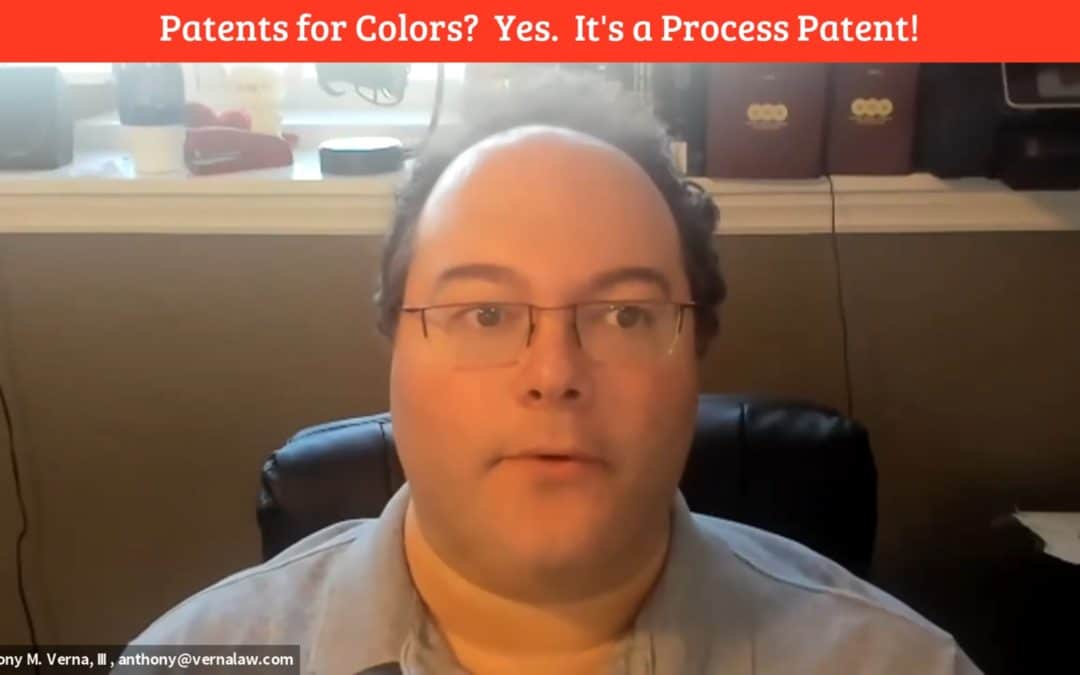Podcast (video): Play in new window | Download
Back in 2014, a company called Surrey Nanosystems received a patent for a color
that is so black and absorbs 94% of all light. Let me take a step back there.
You don’t receive a patent on the color. You receive a patent on the process
for making such a new advancement in technology.
That’s really the key there. It’s on the process. Now, a lot of people were outraged and the reason for that outrageous that Surrey Nanosystems allowed one artist to use this brand new color called Vantablack and everybody was saying, “How do you get a patent on the lack of light?”
It’s a color that’s so black that Spinal Tap would have
loved it. But again, it’s on the process of creating this new technological
advancement. Color has always been about technology: from indigo dyes that the royal
families used, to black and white televisions, to the millions of colors that
your monitors are actually showing that your eyes cannot detect.
Color is technology. And in that technology, there’s a new way of creating all
of those particular colors.
Now, for the smaller business, what does that actually mean?
It means that every time there’s a new way of creating something, there’s a process there that is potentially patentable.
That’s the lesson for the smaller business: when something is new, there is a potential patent in that a business needs to do a patent search to make sure that that particular new process is not disclosed.
And other prior art, the a business has to make sure that this particular invention is not disclosed elsewhere, is not disclosed in its own particular materials and also must not be in use for a year before filing that particular patent as well.
Here at Verna Law, we have an excellent patent agent named Wil Jacques, who has a Bachelor’s in Mechanical Engineering. I have a bachelor’s in Computer Science. Therefore, we cover all sorts of areas of technology. We look forward to hearing from you and seeing your particular technology to see if there’s a patent in there. Thank you very much.


Trackbacks/Pingbacks